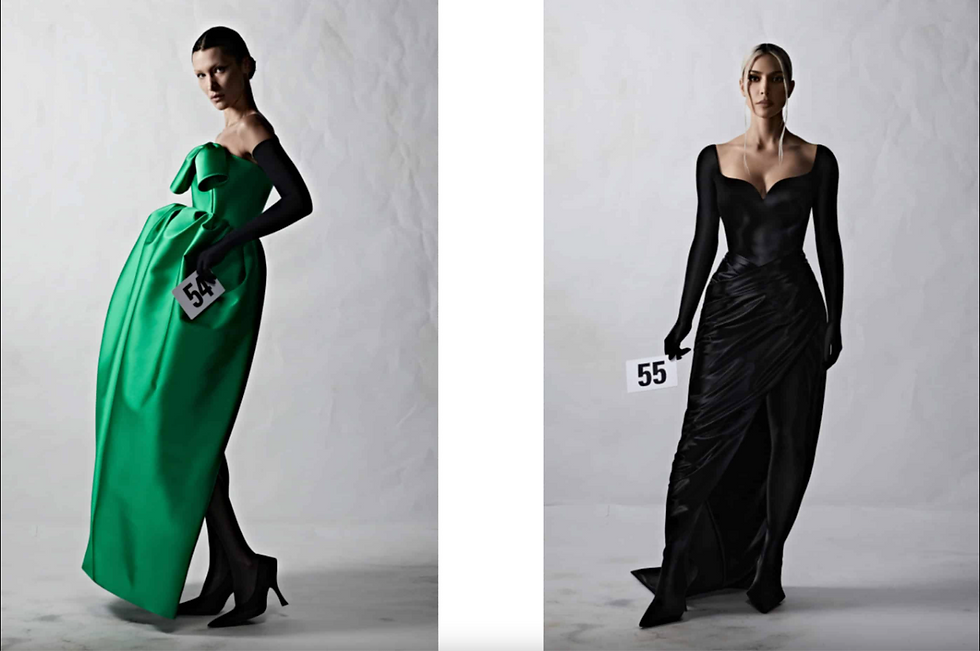The Little Black Dress: A Timeless Tale of Elegance and Revolution
- Anastasia Kozlova
- Nov 24, 2023
- 3 min read
In the grand tapestry of fashion history, few garments have stood the test of time with as much grace and versatility as the Little Black Dress (LBD). This iconic piece, now a staple in every woman's wardrobe, has a history as fascinating as the countless ways it can be styled.
The Birth of an Icon
The inception of the Little Black Dress can be traced back to the 1920s when the fashion world underwent a seismic shift. The aftermath of World War I brought about a cultural revolution, and women were breaking free from traditional constraints. In this era of liberation, the renowned fashion designer Coco Chanel emerged as a trailblazer.
When Chanel was 11 years old, her mother died from bronchitis. A year later the young girl's father, Albert, sent all of his children away. Little Gabrielle and her sisters were sent to an orphanage, while the boys of the family were sent to work on farms.
Young Chanel struggled greatly throughout her childhood. Yet the girl's experiences as an orphan were crucial to her future career. The nuns at the institution taught the child how to sew, and their black and white wardrobe inspired her aesthetic. The little lady would soon move on to greater things.
In 1926, Chanel unveiled a simple, elegant, and revolutionary design—a knee-length black dress made from lightweight jersey fabric. This departure from the prevailing trends, dominated by intricate designs and lavish embellishments, was a breath of fresh air. Chanel's creation was intended to be accessible, versatile, and, above all, empowering for women.
What set the Little Black Dress apart was its chameleon-like ability to suit various occasions. It was neither too casual nor overly formal, making it the perfect canvas for accessories and personal expression. Women could effortlessly transition from day to night, from the office to a soirée, by simply changing accessories and adapting the dress to the occasion.
The Little Black Dress truly cemented its status as a style icon when Hollywood embraced its allure. In the 1950s, Audrey Hepburn mesmerized audiences in a Givenchy-designed LBD in the film "Breakfast at Tiffany's." The image of Hepburn, accessorized with pearls and sunglasses, became etched in fashion history, elevating the Little Black Dress to the epitome of chic sophistication.
Over the decades, the Little Black Dress continued to evolve and adapt to the shifting currents of fashion. It became a symbol of rebellion, elegance, and, at times, even political statements. From the revolutionary designs of the 1920s to the minimalist aesthetics of the 1990s, the LBD proved to be a canvas upon which designers could project their creative visions.
Modern Interpretations
In the 21st century, the Little Black Dress remains as relevant as ever. Designers continually reinvent this classic piece, experimenting with fabrics, silhouettes, and embellishments. It has become a wardrobe essential for women of all ages, a sartorial secret weapon that effortlessly exudes confidence and style.
The Little Black Dress isn't just a garment; it's a cultural phenomenon. From Coco Chanel's groundbreaking vision to its enduring presence on red carpets and runways, the LBD has transcended fashion to become a symbol of empowerment and timeless elegance. It is a testament to the transformative power of a simple yet impeccably designed garment—one that continues to capture hearts and command closets across the globe.






Comments